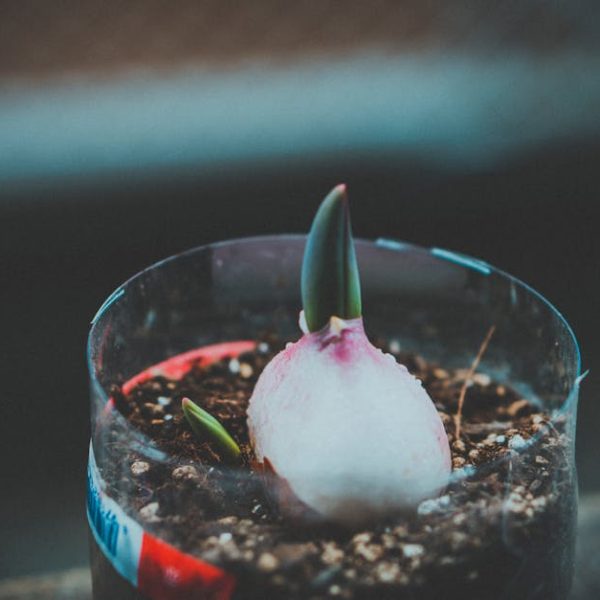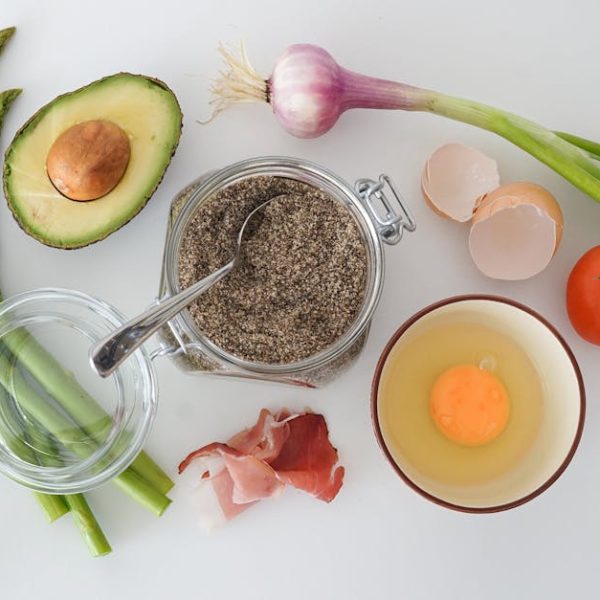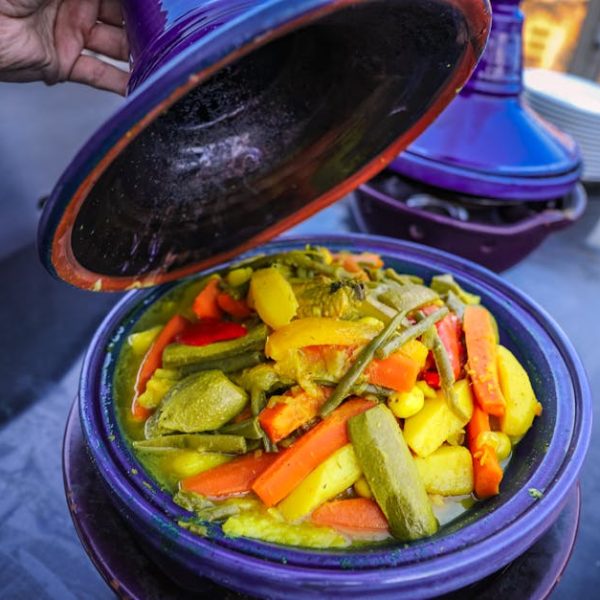Melons are an ancient fruit; believed to have originated in Central to South Asia and Africa. Both cantaloupes and honeydews are part of the Cucurbitaceae family, known for their sweet, succulent flesh.
Cantaloupes, known scientifically as Cucumis melo var. cantalupensis, are believed to have been cultivated since Ancient Roman times, with early records suggesting they were grown in Egypt and Iran around 2400 to 2000 BC. In contrast, honeydews, or Cucumis melo var. inodorus, are comparatively late bloomers in the history of cultivation. Originally grown in Algeria and southern France, it wasn’t until the 15th century that honeydews received recognition for their sweet, creamy consistency.
The spread of these melons worldwide can be attributed to trade routes and explorers, who introduced the fruits to new lands. Now, these refreshing fruits are grown globally, with China, India, and the US leading in melon production.
Physical Features and Appearance
While on a superficial glance, cantaloupes and honeydews may appear similar, closer inspection reveals multiple distinguishing features. Cantaloupes sport a rough, reticulated (net-like) skin that’s often a dull greenish-grey, hiding the orangish flesh within. The size ranges from small to medium, with an overall round shape.
Honeydews, however, have a signature smooth, waxy outer peel that varies from very pale green to almost yellow when ripe. As for size, honeydews are generally larger than cantaloupes. Their flesh is pale green and noted for a particularly juicy texture.
Culinary Uses of Honeydew and Cantaloupe
The sweet, succulent taste and aroma of both honeydews and cantaloupes have made them a darling in the culinary world. Their role is not limited to fruit platters or salads; you can find them gracing desserts, drinks, and more exotic items like prosciutto-wrapped cantaloupes.
Cantaloupes are generally more versatile due to their stronger, more distinguishable flavor. They’re a classic addition to fruit salads, cottage cheese pairings, or refreshing summer soups like chilled cantaloupe soup. The sweetness of a ripe cantaloupe can even be turned into sorbets or gazpacho.
Honeydews, on the other hand, are the sweeter of the two. They’re often used in smoothies, cocktails, and desserts where their delicate flavor can shine. Honeydew chunks can also be used in skewers or salads for a unique sweet and crunchy texture.
Nutritional Content and Health Benefits
Despite their differences in flavor and texture, cantaloupe and honeydew are nutritionally quite comparable. Both are low in calories and rich in essential nutrients like fiber, Vitamin C, and potassium.
However, they do diverge in some areas. Cantaloupes are known for their high Vitamin A content, providing more than 100% of your daily needs in one cup. This makes them excellent for eye health and boosting your immune system. On the other hand, honeydews have a high water content, making them an excellent choice for a hydrating snack. They also have a higher potassium content than cantaloupes, suggested to help maintain healthy blood pressure.
The health benefits they offer are indeed extensive. Incorporating them into your diet could positively affect your wellness journey. Just remember, achieving a balance is key, as with all things dietary. Therefore, vary your fruit intake, and enjoy the unique merits of both.
Agronomic Traits, Cultivation, and Harvesting
Cantaloupes and honeydews share the same family, but their growing conditions and cultivation practices can differ significantly.
Cantaloupes favor warmer climates and usually grow best on a trellis. Their vine spreads efficiently, meaning it requires good spacing between plants—generally, 36-60 inches in rows being optimum. They need well-draining soil, sun exposure, and regular watering.
Honeydews do well in similar climates but are a bit more heat-tolerant. They require a bit more patience as they have a longer growing season compared to cantaloupes. Like the Cantaloupe, they benefit from well-draining soil, sun exposure, and regular watering, but they require slightly less spacing, with 24-36 inches in rows generally sufficing.
Regardless of the variety, both melons are harvested when they naturally detach from the vine with a slight nudge; this is often referred to as the slip stage.
Flavor Profile: Honeydew vs. Cantaloupe
In terms of flavor, cantaloupe and honeydew offer distinct tasting notes. Cantaloupe has an intense, sweet flavor with a slight musky undertone. Its rich taste stands out in mixed dishes or when consumed alone.
On the other side of the spectrum, honeydew has a milder, sweeter taste. Even fully ripe, its flavor is subtle. Some describe it as akin to sweet cucumber with a hint of freshness. Its subtleness makes it a fantastic addition to fruit mixes as it balances out more intense flavors.
Pairing cantaloupe with salty prosciutto enhances its sweet taste. Honeydew, due to its milder taste, pairs well with bolder flavors like lemon or mint.
Availability and Storage
Both cantaloupes and honeydews are typically summer fruits, with their peak season running from June to September. However, they might be a presence in stores outside these primary seasons due to imports.
When it comes to storing, both types of melons can be kept at room temperature until they reach the desired ripeness. Once ripe, they should be stored in a refrigerator. A whole melon can last up to 2 weeks in the refrigerator, while cut melons stored in an airtight container will last for about 3 to 4 days.
Do note that it’s best to consume cut cantaloupes sooner due to their rougher skin that can house bacteria. Therefore, they may not last as long as honeydews once cut.
In conclusion, while both melons share some similarities, the differences in their origin, physical features, culinary uses, nutritional content, cultivation practices, flavor profile, and storage options make each unique. So whether you’re growing, buying, or eating these melons, being informed about these differences will surely enhance your melon experience!
Key Takeaway:
- Cantaloupes and honeydews are similar but different in many ways. Differences lie in their origin, physical features, culinary uses, nutritional content, flavor profiles, and storage conditions.
- Cantaloupes have a stronger flavor and a rough, net-like skin, filled with orange flesh, whereas honeydews are noted for their sweet, subtle taste and smooth greenish-yellow peel masking the pale green flesh.
- Both fruits offer numerous health benefits, making them an excellent addition to your diet, whether used in salads, desserts, or drinks.
- Despite their distinction, the cultivation of cantaloupes and honeydews shares some similarities, like the necessity for sunlight, watering, and well-drained soil.
- The availability of these melons is usually in the summer, but storage can prolong their freshness, ideally in a refrigerator once ripe.
Although honeydews and cantaloupes may appear similar, their unique characteristics offer different culinary potentials, nutritional benefits, and growing requirements. Understanding these differences helps us appreciate them more for their uniqueness. Embrace their diversity and enjoy their distinctive flavors in your kitchen!
FAQs
Q: Which is sweeter – Honeydew or Cantaloupe?
A: Honeydew melons are generally sweeter due to their higher sugar content. While both fruits are naturally sweet, cantaloupe has a more intense flavor with a slight musky undertone.
Q: Can I use Honeydew and Cantaloupe interchangeably in recipes?
A: Yes, you can, but because they differ in flavor, the taste of the dishes will also vary. Cantaloupes offer a unique, robust flavor, while honeydews provide a subtly sweet and refreshing taste.
Q: Which melon is higher in potassium – Honeydew or Cantaloupe?
A: While both melons contain potassium, honeydew has higher potassium content than cantaloupe. This can make honeydew a more beneficial choice for those who need to maintain healthy blood pressure.
Q: Are there major differences in the growth process of Cantaloupes and Honeydew?
A: While the cultivation conditions align in many aspects, some differences exist. Honeydews have a longer growing season compared to cantaloupes, are more heat-tolerance and require slightly less spacing between the plant rows.
Q: Can both Honeydew and Cantaloupe be stored the same way?
A: Both fruits can be kept at room temperature until ripe, but once ripe, it’s best to store them in a refrigerator. Both should be consumed within a few days once cut open, but cantaloupes may not last as long due to their rougher skin that can house bacteria.
We encourage you to share this article with your friends and explore more interesting posts on our website!






